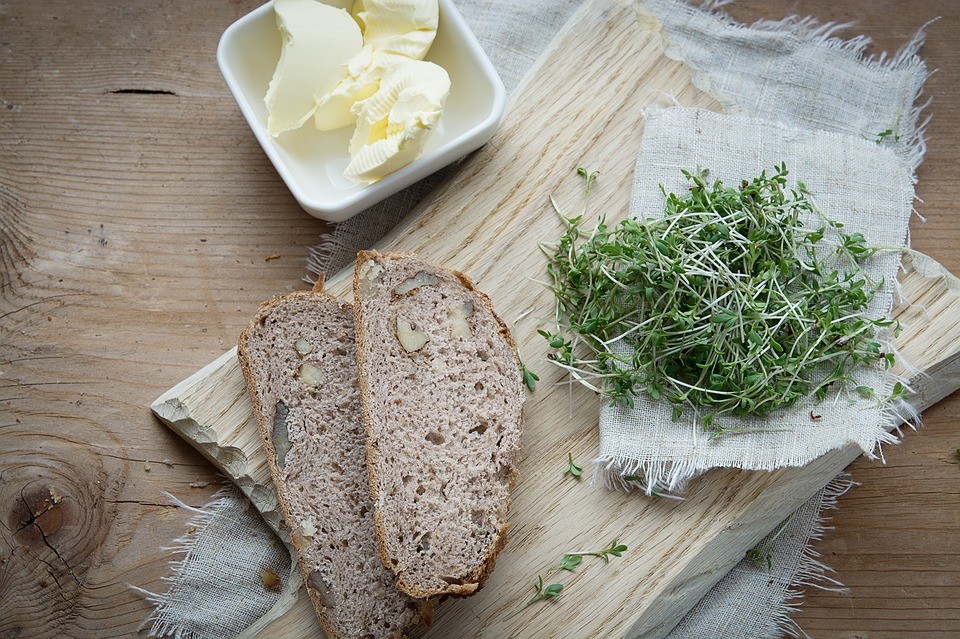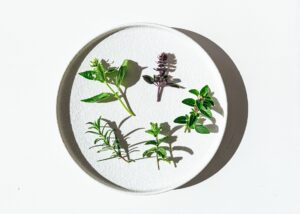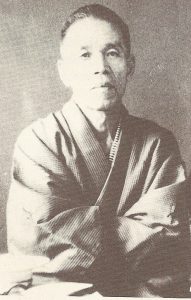Watercress has a blood-purifying effect, aids digestion, stimulates the kidneys and the entire glandular system and contains a lot of vitamins A, C and D, bitter substances (increase gastric and bile secretion and thus stimulate appetite and promote digestion) and minerals. Another ingredient in watercress is the hot mustard oil glycoside, which has a very strong antibacterial effect.
Because watercress stimulates the metabolism and activates the excretory organs, it can be used very well as part of a detoxification cure. It is also used for diseases of the upper respiratory tract due to its antibacterial effect, such as bronchitis and bronchial asthma.
Garden cress (Lepidium sativum) is a species of the genus Kressen (Lepidium) within the cruciferous family (Brassicaceae).
In addition to the well-known garden cress, which you get in small bowls in the supermarket, lovers of fresh greens distinguish between other types of cruciferous vegetables. This also includes watercress and nasturtium.
In addition to the young leaves of the nasturtium, you can also eat the bright orange flowers. They are suitable as a pretty decoration for every dish. The flower buds of the nasturtiums can also be used: they can be soaked in vinegar and used like capers, for example in sauces or for antipasti.
The most widespread annual garden cress probably comes from the Near East, its seeds have already been found in old pharaohs graves.
Garden cress is characterized by a high content of vitamin C, iron, calcium and folic acid. It also contains vitamin B. Easy to cultivate, garden cress is particularly suitable as a dietary supplement in winter when fresh fruit and vegetables are scarce. One substance that is responsible for the taste of garden cress is the isothiocyanate benzyl isothiocyanate, which is formed from the ingredient glucotropaeolin – a mustard oil glycoside.
Cress can easily be sown yourself and is ready for harvest in just a few days. The herbaceous plant not only convinces with its intense taste, it is also said to have various healing powers. Be it bronchitis, hair loss, freckles or dropsy – there is hardly any disease that is supposedly too bad to be cured with cress. The reason for this is not just their high vitamin and mineral content.
The cress also contains substances that have a slight “antibiotic” effect. If you want to benefit from it, cress must be enjoyed fresh and raw.







